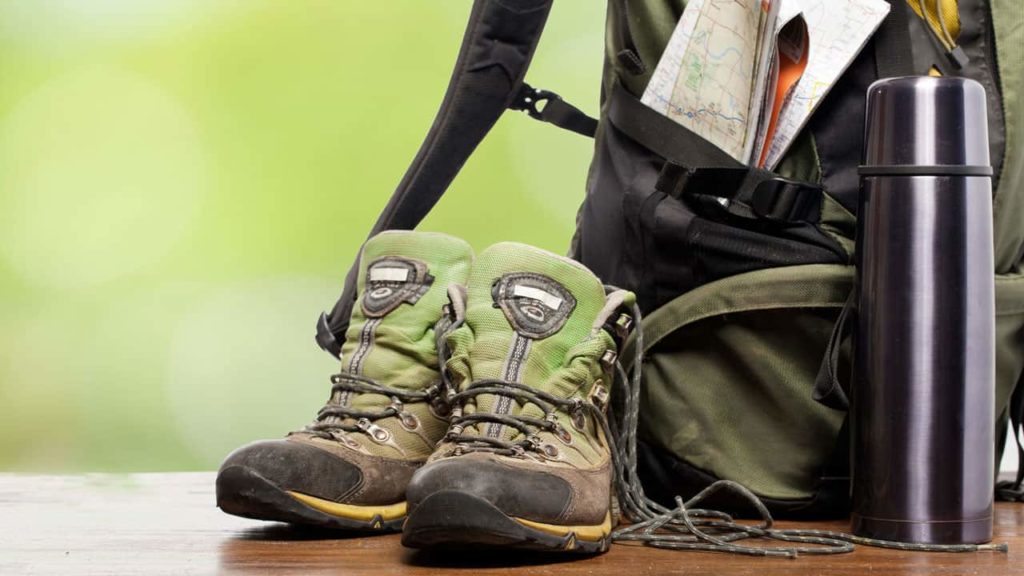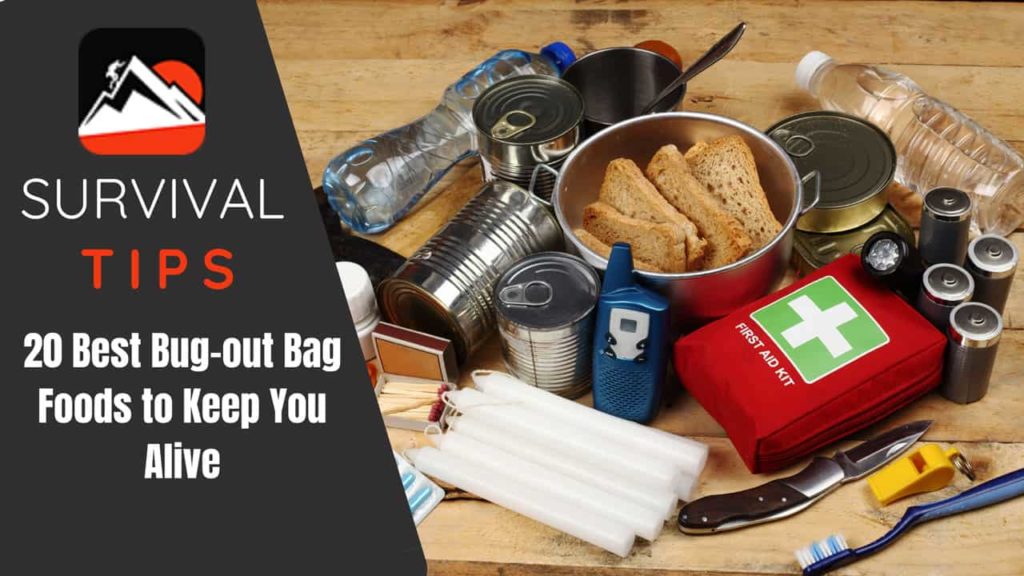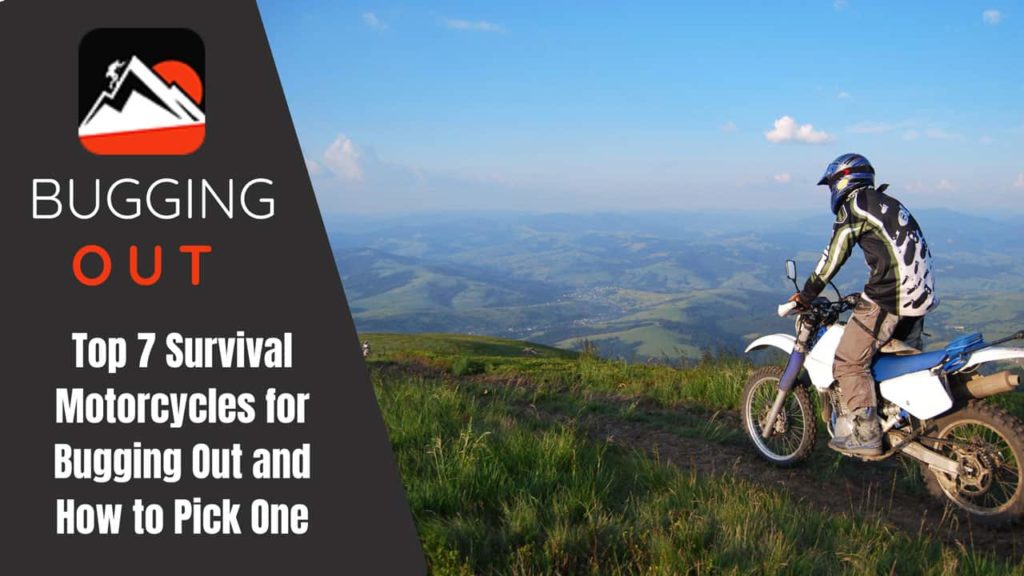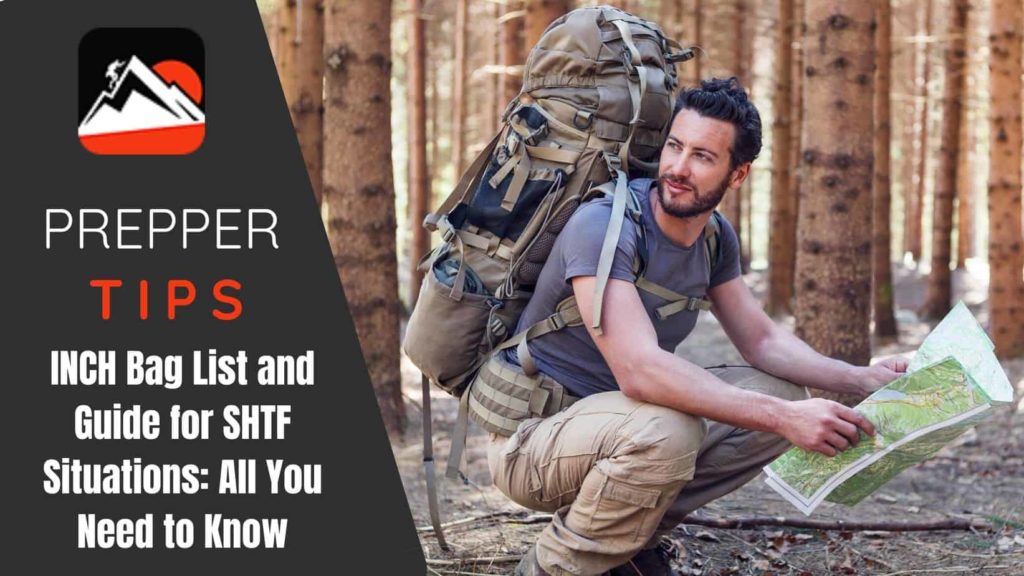Contents
Bugging out means leaving home very fast. This need can arise with no warning. Depending on the crisis you may have a hard time deciding on what to do.
If you do leave, it may take 1 – 3 days for you to get to a safe place. During that time, you will need a bug out bag.
You might need a bug out bag if your safety is threatened by:
- violent civil unrest or riots.
- Any break down of civil order that sparks local chaos. You may still be able to go to another safe place.
- natural weather events such as flooding, hurricanes, and wildfires
- a bad earthquake
- chemicals spills
- nuclear emergencies
- any kind of invasion by another group that forces you into exile.
What Is A Bug Out Bag (BOB)?
When a crisis occurs, you may not have time to pack the things you need. A Bug out Bag is a survival kit that you pack ahead of a disaster. It is meant to supply what you need for about 72 hours. Even though you may not use it for years if ever, you can pick it up and take it anywhere if the need arises. Most people keep one in their home, and another in their car.
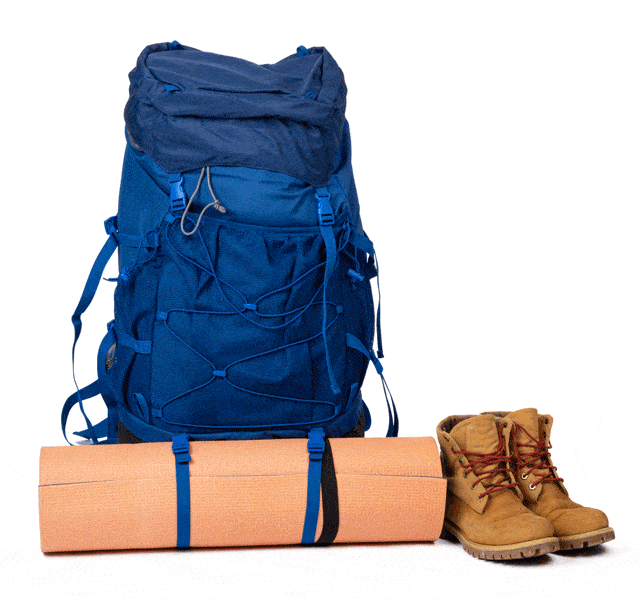
Depending on the area you plan to go to, the best items to carry may change. The list in this article will cover most settings. You may still need to specialize and change things for an urban vs natural setting.
A bug out bag should meet the following criteria:
- must be small, lightweight, and easy to carry.
- Must be personalized to your needs. For example, if you take medicines, they must be in the bag.
- Best to have a waterproof bag.
- The bag must be easy to organize.
- It is best to have items in it that can be used for many things.
- Try to avoid flimsy tools.
- Should be easy to inventory.
- Must be easy to go look through. You will need to review the items in the bag every 4 – 6 months to look for expired items. Food and other things may need to be cycled to make sure they are safe to use in a time of need.
We also recommend to read our article about what contents make a great get-home bag.
Why You Should Have One
A lot of people think bugging out means going to live away from people. They usually picture this as akin to camping or living off the land.
In reality, there is no set type of place to bug out to. There is also no set limit to how far you will have to travel to get there. The only thing the bug out location must have is anything you might need to live in safety and good health. Depending on the situation, you may nor may not be able to go back to your normal lifestyle.
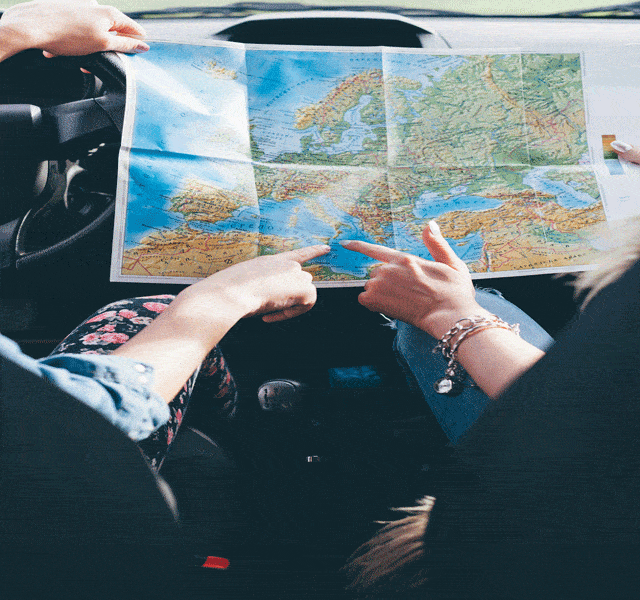
Before you get to a safe place, you will have to leave home. You may not be able to buy food or other things along the way. If you can’t take your car, then it will be even harder to get what you need. Here are some ways a bug out bag can help you in a time of need:
- It will have vital supplies you can use in a time when you have to leave home.
- You will have peace of mind knowing that you are ready for a crisis.
- A bug out bag doesn’t have much room. Most people will say only pack what you need. If you have a USB drive and a phone, you can make files of photos and books. Do not pack things you don’t need.
Bug-out Bags Do’s And Don’ts
There is no such thing as two people that agree on what goes in a bug out bag. That being said, there are some basic rules you should follow when choosing items to put in it.
Do’s
- Make a Plan – Have you ever gone shopping when you are hungry? Shopping for your bug out plan is like that. As you roam around the store or online, you will wind buying things you will never fit in the bug out bag.
- When you have a plan, it is much easier to buy only what you need. It also gives you time to do some research and plan what you will buy.
- Know What You Already Have – when you leave home during a crisis, it takes a lot out of you at all levels. This is not the time to try and get used to things you have never used before.
- If you have old or used things onhand, go ahead and put them in your bug out bag. As long as the tools or items are reliable, they will work just fine.
- Overlap Uses as Much As You Can – Let’s say you have duct tape and surgical tape on your list. Duct tape can be used for a lot more things than the latter. It can also be used in place of surgical tape. You are better off picking just duct tape.
- Make Single Use Packets – A big roll of duct tape can take up a lot of space. Instead of packing a whole roll, take some off and roll it up on its own. This way, when you need duct tape, you can just peel it off the small roll.
- You can use the same method for salt, pepper, and other foods. Seal them off in straws so that each portion is enough for one serving. This will let you have a bigger variety of things. Remember, a bug out bag is only supposed to last for about 3 days. Small packs will do better than big ones.
- Keep a Detailed Inventory – This sheet should list all items in the bug out bag. Make sure you also have expiration dates on the sheet. When you go through to rotate items, the list will make the job easier.
- Keep a How To Journal – Even if you know what to do with each item in the bag, you may forget in a crisis. A How-To journal can be a useful tool when you have a problem and don’t know how to fix it.
- Use Extra Waterproofing – wrap each item in its own waterproof bag, and then use a waterproof container. Make sure you buy good brand name supplies and test them out before you trust your bug out items in them.

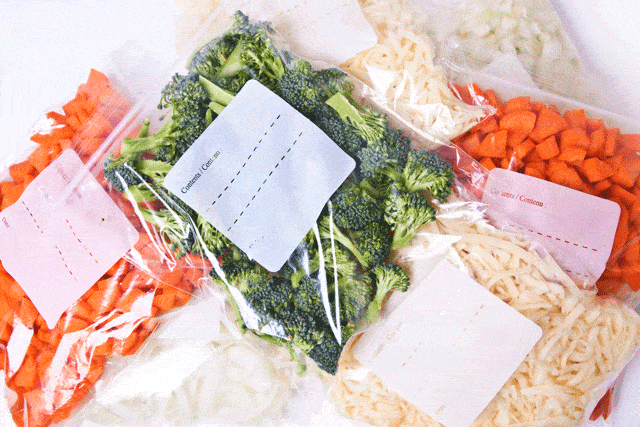
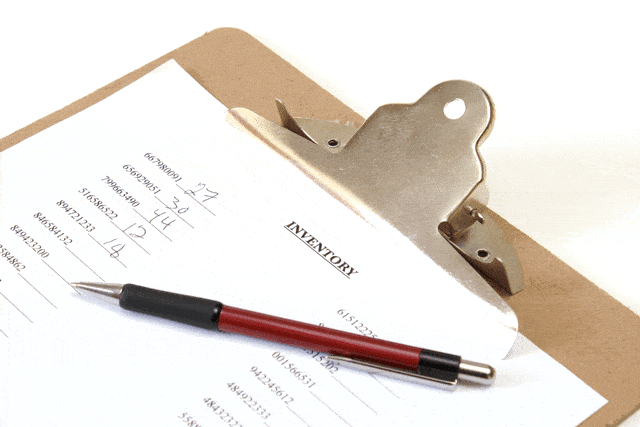
Don’ts
- Make the bag heavier than you can carry. If you can’t carry the bag for days, it won’t do you any good. Practice walking a few miles with the bag to see if you are comfortable.
- Forget Your Feelings. A lot of people will tell you to only pack what you need to live. It is true that even 1 pound can seem like a lot when you are on the run. I still say allow yourself half a pound and a few inches of space for things that have personal meaning.
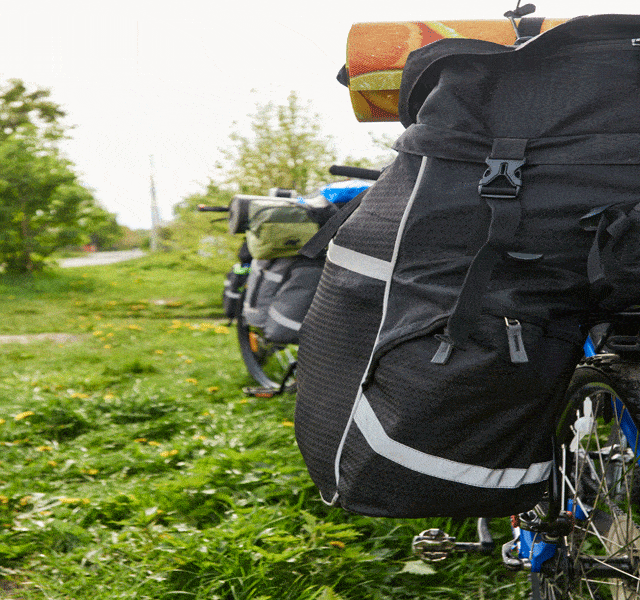
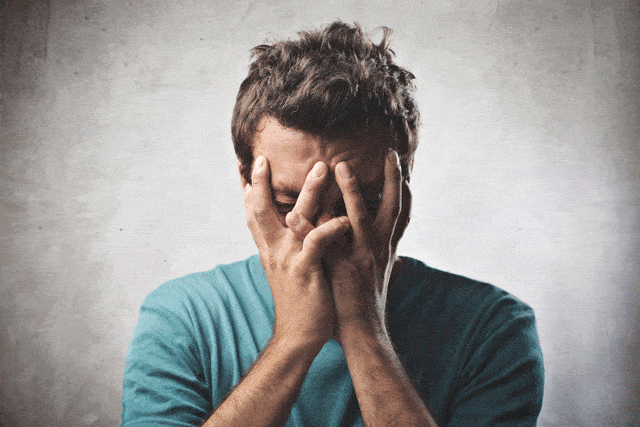

Bug Out Bag VS INCH Bag VS Survival Kit
Some people think a bug out bag is the same thing as an inch bag or a survival kit. Each bag or kit has the same goal, but not the same timeline.
- A bug out bag is only meant to supply what you need for 72 hours. In most cases, you will only use the bug out bag while you are moving from one place to another. You would only use the items in the bug out bag during a crisis.
The things in the bag can focus on urban or wild settings. There is also more of a focus on supplies like food as opposed to tools. Once you reach your destination, you will no longer need to use the bag. Usually, each person will have their own bug out bag.
- A survival kit is not the same as a bug out bag. It is meant to give you what you need for a short stay in a wild setting. It is meant to be lightweight, like a bug out bag. The focus is a little more tool oriented since you can hunt, fish, and gather water in the wild.
- INCH stands for I’m Never Coming Home. An inch bag is made up of several bags that will be carried by a group of people. The bags are usually packed with tools and other things that will last a long time.
Instead of packing a lot of food, you would pack hunting and fishing gear. By the same token, you might bring along some water, but then move on to finding water and purifying it as you go along.
An INCH bag is used in a wild setting. It is not meant to use in an urban place since your goal will be to live away from other people for a very long time.
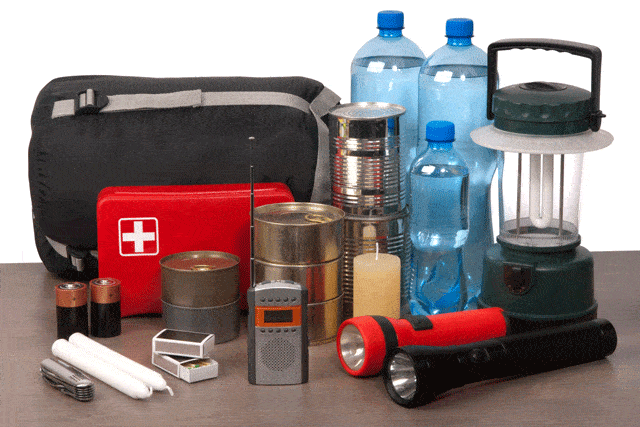
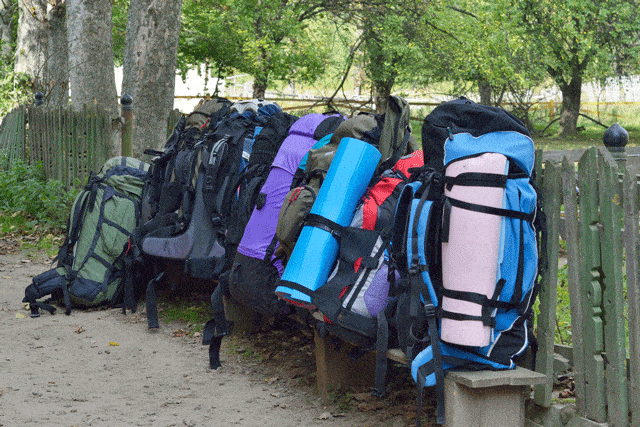
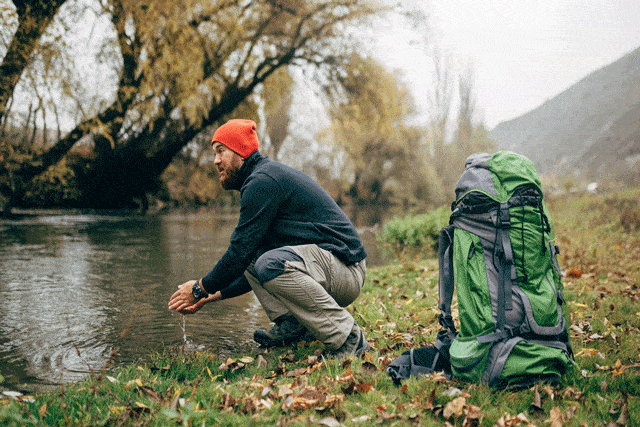
Also check this article about the INCH bag item list.
How To Pack A Bug-out Bag
Before you start packing a bug out bag, it is important to think about the following. A crisis does not always bring out the best in people. Some will panic and riot. Others may try to hurt you to steal what you have.
As a result, your bug out bag must not look like it has anything of value in it. If it looks a little worn and frayed, you will fit in better with people that may have just thrown things together at the last minute.
In fact, if you have an old backpack lying around, use that for your bug out bag. As long as it is sound in the seams and overall material, age doesn’t really matter. What matters most is how you equip the inside of the bag.
If you made a list of items to put in the bug out bag, packing it up should be very easy. Use the following steps:
- Break foods down into single-serving portions. Put these in waterproof bags in a hard case. Don’t forget to add a listing with expiration dates and tape it inside the box. You should be able to read the list without having to open the box.
- Store medicines, soap, detergent, water purifying tablets, and similar supplies the same way.
- Do the same for paperwork, money cards, and ID.
- Make sure your phone, charger, and electronic devices are in a small Faraday bag. Put this in a waterproof bag and then a hard case.
- Pack clothes in vacuum storage bags.
- Pack up duct tape and other items with multi-purposes in their own waterproof bag and hard case.
- Make a separate waterproof bag and container for any other items that have only one purpose. Mini kits make it very easy to scale the bag for a mix of urban and wild settings
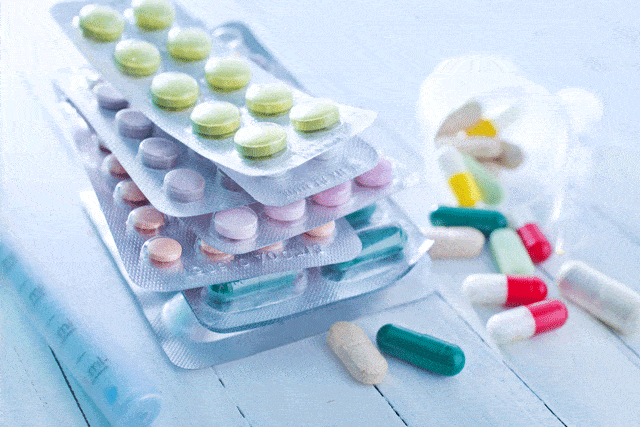
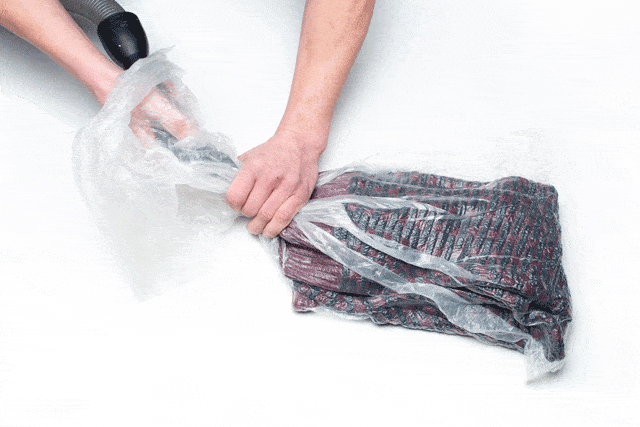

Now that all your items are organized into mini kits and safe from water, it is time to pack them in the bag. If you have a backpack with side and front pockets, use those for things you need to grab right away. This would include water, a few snacks, and a weapon.
Clothes, tarp, and heavier items would go at the bottom of the main section of your bag. Medical supplies and multi-purpose supplies do best in a middle section where you can get to them without having to take other things out.
Your job isn’t done after you pack the bug out bag. It must still pass one important test. You must be able to carry it for a long period of time.
Try the bug out bag on, and go for a walk with it. This is also a good time to see how well you can do the following:
- Blend in with others. Don’t just go by your neighborhood. How do you blend in with other places?
- Do people notice when you bring the bag into a store? How can you avoid this problem?
- How do you manage bathroom breaks?
- What about your weapons?
Bug Out Bag Item List
Here are the main sections of a bug out bag, and what you should put in each one:
Water
You need at least 1 gallon of water per day. The problem is 1 gallon of water weighs 8 pounds. You would have to carry almost 30 pounds in water alone in your bug out bag. If you are out of shape, even 10 – 15 pounds of weight will be a lot. That would leave you no room for anything else.
Here are some ways to manage water:
- Carry at least 1 gallon. Divide it into two bottles that you can put in a carrier that can attach to your backpack.
- If you can carry around 50 pounds, then go ahead and carry the full 3 gallons of water. Do some research on different Molle systems.
- You may need one carrier that you wear next to your back for the water. Then, use other smaller bags for the rest of your bug out gear.
- The biggest problem will be how easy it is to spot you are carrying bug out gear. That said, if you are taking to the woods fast, it may not be an issue. You can always discard extra gear or hide it before you get near other people.
- Make sure you have water purification tablets. These take up very little room and weight. You can choose between iodine and chlorine-based tablets.
- Get at least 2 Water Straws. These are also very lightweight. Some people have a hard time using them. Practice with one and keep the other in your bag.
- Keep a map of natural water features along with your bug out route. In a worst-case scenario, you can use either the Water Straws or the tablets to purify the water.
- Keep some plastic or a tarp in your bug out bag. You can dig a hole and put the tarp over it. Water will release from the ground and hit the plastic. Next, it will fall into a cup you put in the pit to catch it.
- This method takes several hours to work. It will also work best in day hours when there is more heat. If you have no other way, this is still better than nothing.
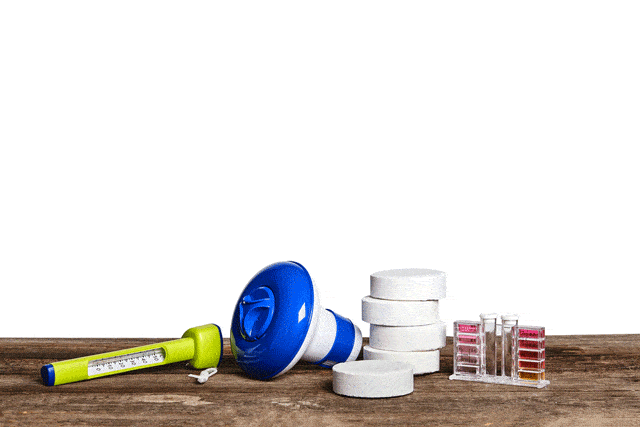
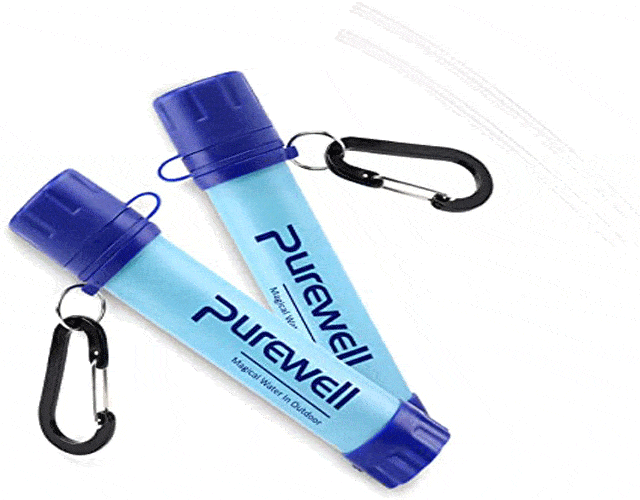
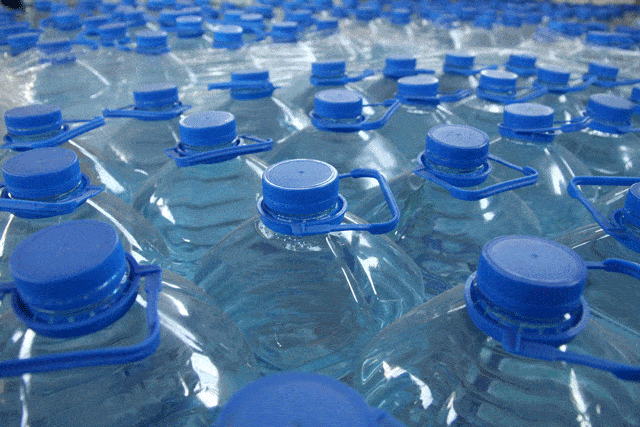
Food
For the most part, food is easier to deal with than water. There is still a lot of debate on what to pack.
A lot of people will tell you to focus on dehydrated foods, MREs, and other nutrient-dense foods. There are some problems with these foods:
- dehydrated and freeze-dried foods take a lot of water to make them edible. If you can’t get clean water, you won’t be able to eat.
- You may also need 2 – 3 times the water you would normally drink for MREs. They are usually very nutrient-dense. This means they also have a lot less water.
Your body is used to having a certain amount of water in the food. If the food has less water, it can make you sick.
In the best-case scenario, you should take along the food you are used to eating. This eliminates a lot of problems such as:
- finding out too late you are allergic to an ingredient.
- Digestive problems that come from eating strange food. Even though the food may be safe, you can still feel sick from eating it. This is because the enzymes and gut bacteria have to adapt to the new food.
A case in point is beans. If you don’t normally eat beans, there will be a time when they will make you feel sick.
The best foods to take along are ones that you don’t have to cook. They should also be foods that you eat regularly. If you want to bring along MREs or other dense foods, make sure you eat them regularly.
Here are some general foods that you might want to get used to if you don’t eat them already:
- canned foods. This includes meat, tuna, fruits, vegetables, and beans. Most of these can be eaten raw out of the can. Either buy small cans for a single serving or make sure you can eat all from a bigger can.
- Dried or candied foods. These weigh less and may have a longer shelf life than canned foods. It is also easier to break them down into small servings.
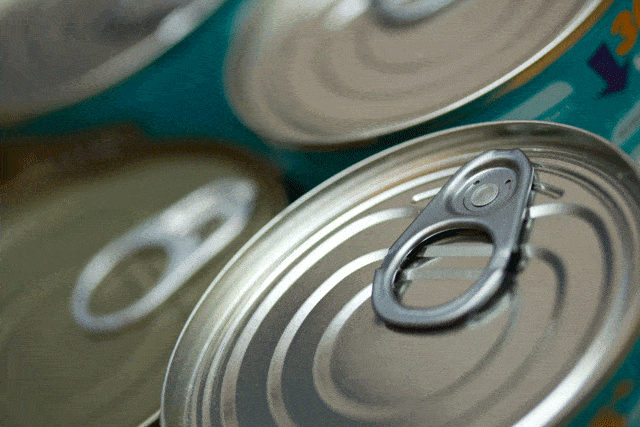


Shelter
You never what you will need for shelter. In most cases, a few items will work fine for urban and rural places. The problem is some can be bulky or heavy. Here are 7 items you should have:
- Small Waterproof Tent – choose a tent that is lightweight and folds up to a small size. You may be able to pack the material part into a vacuum bag to make it smaller.
Some people will tell you this is the most important item. If your bug out bag is too heavy, this is one item you may want to forget about.
There are other lightweight options that you can use. For example, if you have a tarp, make it a point to see if you can make your own tent. You can also practice building a shelter out of natural items.
- Sleeping Bag – there are some on the market that weight less than 2 pounds. When combined with a mylar blanket, you should be able to use it in any weather conditions.
This will probably be the best for urban settings. Just make sure that your bag doesn’t look too fancy or new.
- Mylar Blanket – try to get 3 – 4 large blankets that you can wrap around several times. If the weather is cold, you may need to use the mylar blanket inside the sleeping bag. Since these blankets are very lightweight and take up little space, it doesn’t hurt to pack a few extra.
- Tarp – always good if you need to build a shelter from scratch, or you need more warmth.
- Paracord – always helps to secure your shelter to build one. Keep at least 50 – 100 feet in your bug out bag.
- Heavy Construction Bags – these bags are waterproof and durable. You can use them along with tarp, or as temporary ponchos. Try to keep at least 4 or 5 bags in your pack.
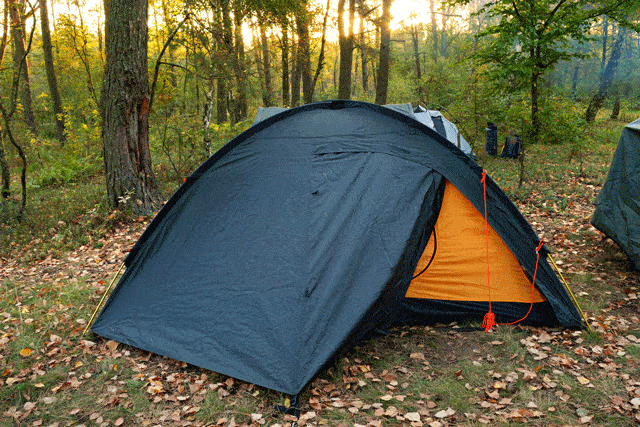
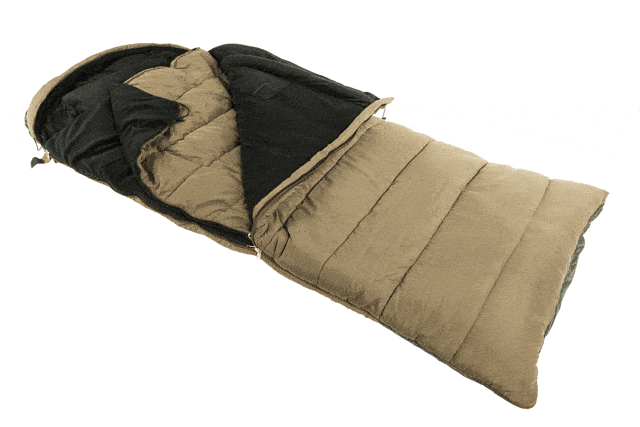
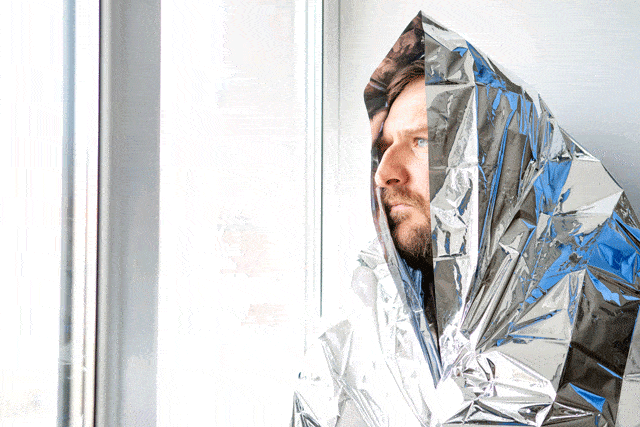
Clothing
You may think you don’t need all-season clothes. Two to three days of travel may still cover a lot of ground. During that time, you may be in the weather you weren’t expecting.
Other than that, you may live in an area with big season changes. All season clothes in your bug out bag make maintenance easy. When you do routine checks, you won’t have to worry about rotating clothes.
The key to doing well is diverse clothes. Using a vacuum storage bag will help you double the clothes you can take along.
- Three complete changes of clothes including underwear. Have one set for cold weather, one for warm, and one that you can layer as needed. The fabric type is also important. Some materials wick better, while others hold in heat better.
It is worth spending a little extra money to make sure you have clothes that you can use in all conditions.
If you can’t remember which fabrics are better for a situation, make notes and put them in the storage bag. Also, add this data to your main journal.
- Extra pair of shoes/boots (well broken in). Make sure the shoes and boots have a waterproof seal on them. You may be able to buy a conditioner for this. Even if the shoes come with a coat, add another from time to time.
- Waterproof lightweight jacket. Buy this a size or two bigger so you can add a heavier insert for cold weather. Once again, choose the fabric with care. If you can get Thinsulate or other heat-retaining fabric, sew your own insert.
- Wide brim hat to protect you from heat and sunlight.
- Stocking cap to keep your head warm and to stop heat loss.
- 3 Pairs of gloves. Get two lightweight pair that you can work in. Pick one pair of survival gloves that will keep your hands warm. The other should wick well and keep your hands cool. The third pair should be heavyweight for protecting your hands and warmth.
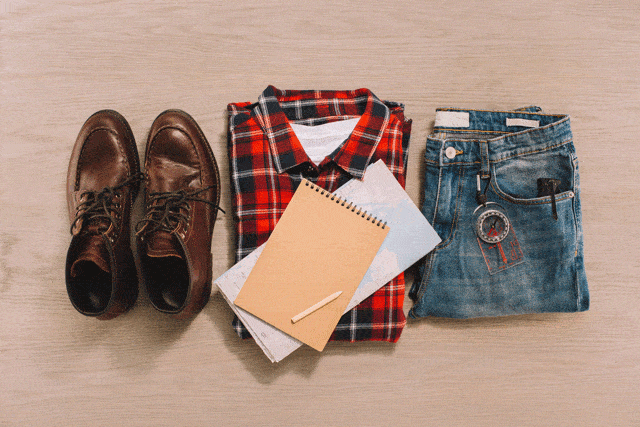

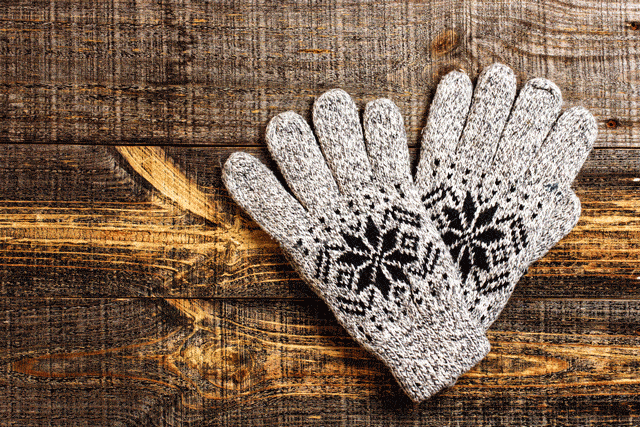
Lighting
Most people give this area very little thought. They may have a flashlight on their key chain or a small one in the glove compartment of their car.
What happens when you need to tend a wound at night? This and other scenarios won’t go well if you have to hold a tiny flashlight while trying to do the job.
Regardless of the light type, choose LED bulbs. They take less power and give you more light.
Here are a few kinds of light types you should keep in your pack:
- Flashlight – You should have 2 kinds of flashlights. The first should be the regular kind that you hold in one hand.
The second kind should be a lantern style. These give you a lot of light and a stable, hands-free option.
Make sure you choose a good lantern brand. Sadly, the cheaper ones have bad battery contacts. The worst thing you can do is take along a lantern that isn’t durable.
- Portable Mini Goose Neck Lamp – At first you may think the lantern will do for a hands-free option. A gooseneck lamp makes it easier to direct light to a target area. If you need to read or suture a wound, these lamps will work better.
- Endoscope Camera – this kind of light is on a flex cable. Choose one that will work with your cell phone.
It can be a lifesaver if you are trapped in rubble and need to try and figure out how far it goes. If your car breaks down, it may also help you figure out what is wrong.
This is one item you may think won’t be used. In a crisis, you just never know.
- Solar Powered Lamp – choose a lamp that has rechargeable batteries that you can remove. It can always double as a battery charger.
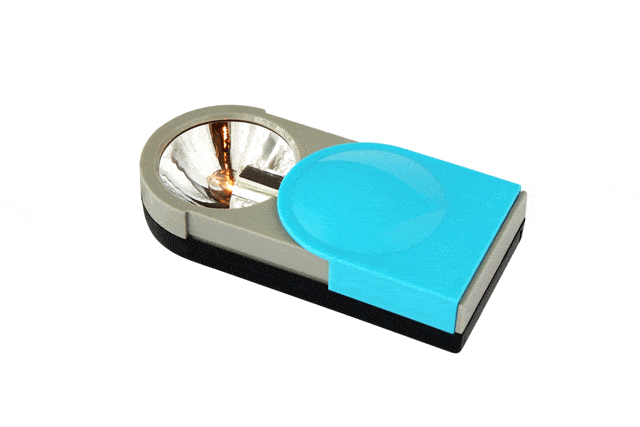
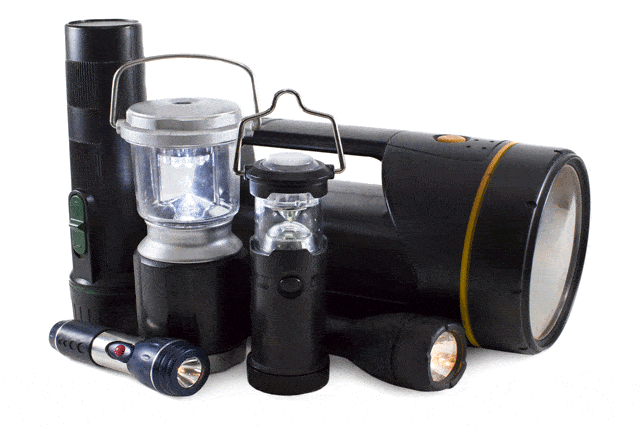
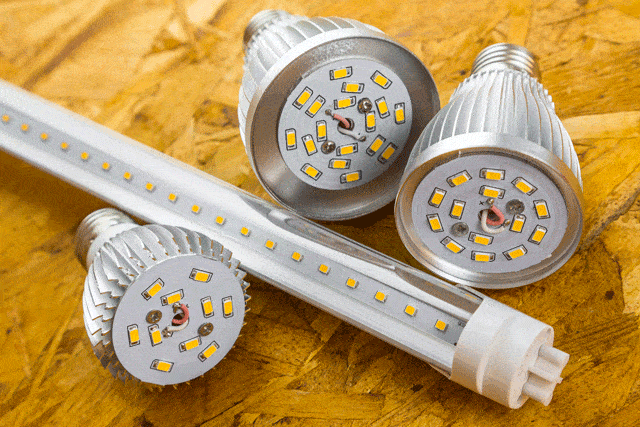
Hygiene items
To avoid infection, you need to stay clean. You may also need to use items in this part of your kit to manage injuries.
- Anti Bacterial Wipes – Keep around 300 wipes in your bug out bag. They are easier to keep moist if you have small travel-sized packets.
You can use extra wipes in case you have an injury and need to clean the area up. Or, they will also work if you get into something messy and have no water to bathe in.
- Dental Care Kit – Carry at least one extra floss kit and toothbrush beyond what you need for your teeth. You can use these items for many other things.
- No Rinse Shampoo – as with the extra antibacterial wipes, you never know when something will get into your hair. This shampoo doesn’t need any water but will keep your hair clean.
- Shower Cap – Depending on the crisis, you may encounter a lot of dust or smoke. If the dust is full of chemicals, then it can hurt your scalp. A shower cap will protect you from exposure to these hazards.
- Comb and Brush – when a crisis happens, the last thing you will think about is what you look like. At the same time, you may still need to fix your hair for the sake of getting dust, debris, and other things out of your hair.
- Nail Clipper – When you are in a crisis, you may have to do things you aren’t used to doing. This alone increases your risk of injury to your hands.
If you are tired or not familiar with various tools, the risk is even more. While you may not realize it, a lot of finger injuries happen at the tips.
In some cases, the nail may tear off partway from the nail bed. This can be very painful, especially if you don’t have a way to remove that part of the nail. A clipper can help with that job. A nail clipper may also be of use if you hurt your toes and have a problem with the nails.
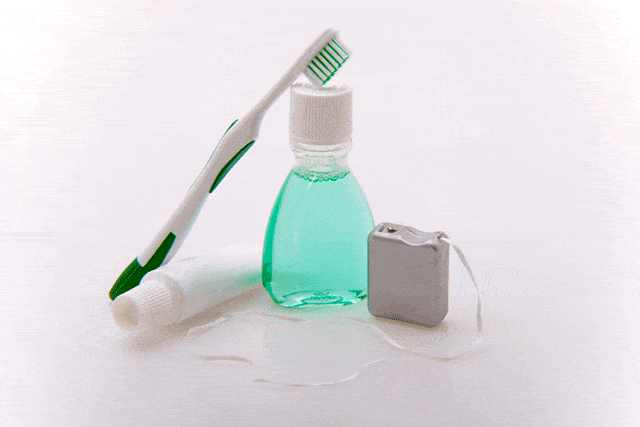
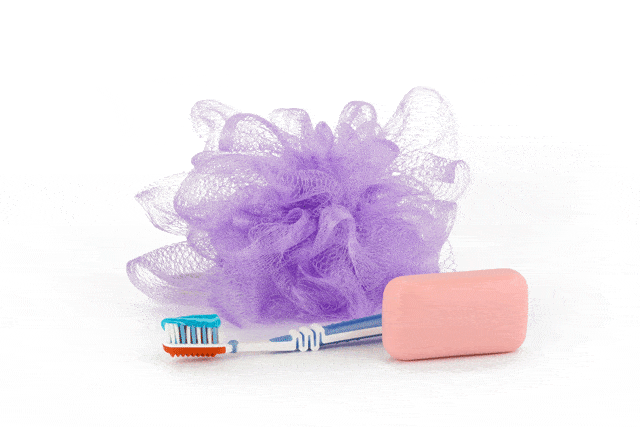
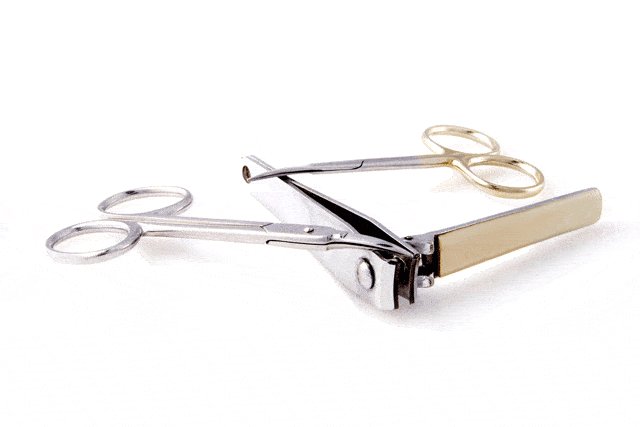
Tools
There are endless items you can add to this category. It can be hard to narrow them down. Tools tend to weight a lot, so try for well-built multi-tools. You may also need to add other items that make sense for where you are going and how you plan to travel.
- Ratchet Screwdriver – These take a lot of strain off your wrist. Choose a handle that you can fit the bits into.
- Ratchet Socket Wrench – There are a few newer designs to consider here. First, there is the Adjustable Ratchet Wrench. It has two pieces of metal that you can adjust, much like a monkey wrench.
The difference is the grips are oriented 90 degrees concerning the driver, much as in a socket wrench. Do your research and pick a good quality tool. Some don’t work as well as others.
Your other option is a Universal Socket Wrench. This fits onto a regular ratchet. All you have to do is fit it over the nut or bolt, and the internals of the socket will adjust to the right size.
Either of these tools can take the place of several sockets and get the job done. Test each type out to see which one you like best.
- Locking Adjustable Wrench – If you use these tools right, they will work better than a regular adjustable wrench. They will take a lot of strain off your wrists because they grip better.
- Pliers – bring along at least one needle nose and one regular pair of pliers. Be sure to choose a good brand of pliers. A lot of the cheap ones don’t hold well at all.
- Hammer – Try to fit at least a 20 oz hammer in your backpack. They may take up a lot of weight, but they are also very useful.
- Multi-Function Shovel Kit – The EST Gear Survival Shovel is a great option. It has an ax in it and several other tools. It is also lightweight and easy to care for.
- Fastener Kit – keep different size screws, nails, nuts, bolts, washers, and cotter pins. You don’t need a large amount. Ten to 12 of each size per item will do fine.
- Sharpening Kit – If you have to cut through green wood or something sticky, it can dull any knife or scissor. A sharpening kit will ensure your tools are in good working order.
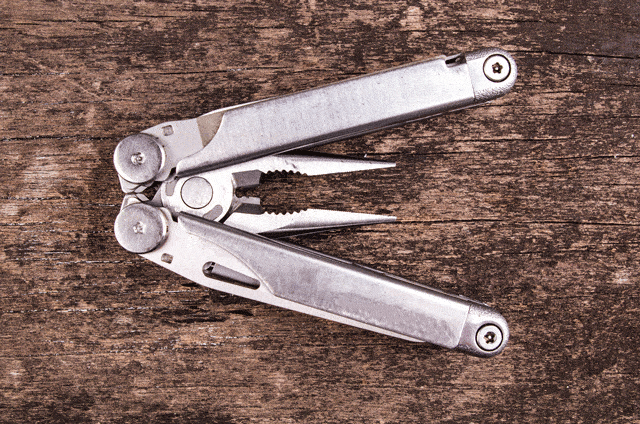
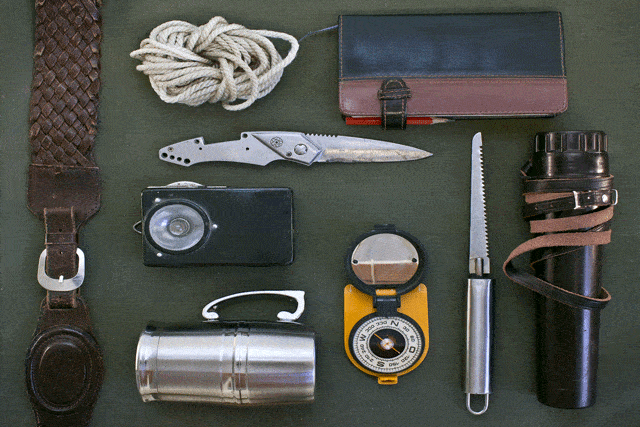
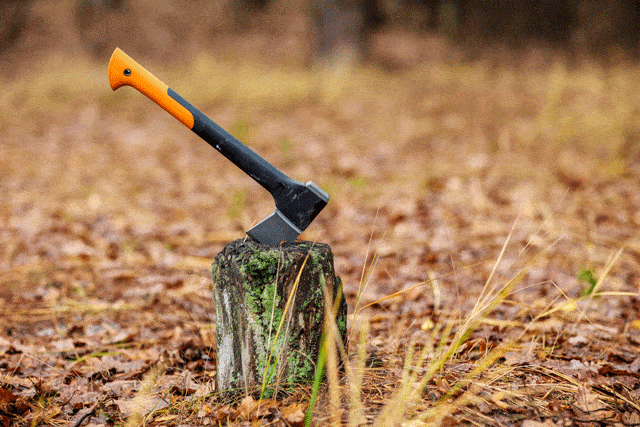
Heating Source
Even if you don’t need to cook, you may need to dry off or stay warm. Being able to start a fire is very important. You should also some other items on hand in case it isn’t safe to start a fire.
- Fire starting items – There are many choices here. They include waterproof matches, battery and steel wool, lighter and striker rod. You should also bring along some easy kindle materials like pine cones, tinder cloth, and cotton balls soaked in vaseline.
- Tea Lights and Butter Warmer – these will give off a good bit of heat, plus you can use them well for food or other things.
- Candles – these are lightweight and burn for hours. If you want a bigger flame, go with a taper candle. I don’t recommend 7 Day/Storm Candles because the glass can break. They also don’t put out much light or heat.
Depending on the size of your bug out bag, you may want to bring along a candle heater. You can make these out of clay flower pots and zinc free bolts, nuts, and washers. They will work very will with votive candles.
As long as you can keep the pots from breaking, you will have a very reliable source of heat for cooking and staying warm.
- Hand Warmers – these are chemical packs that will heat up without the use of fire. Keep at least a dozen in your bug out bag. They will last for several hours.
- Alcohol Stove – good for heating things up. Don’t forget to bring along rubbing alcohol. They are usually more sturdy than candle heaters. On the flip side, it is still easier to carry candles or find other fuels that will work in a candle heater.
- Fire Blanket – there are times when a fire can get out of control. You should be ready to limit the damage as much as possible. A dedicated fire blanket can help do the job.
- Fire Extinguisher – find a small camping sized model. Pay attention to expiration dates and buy a new one as needed.
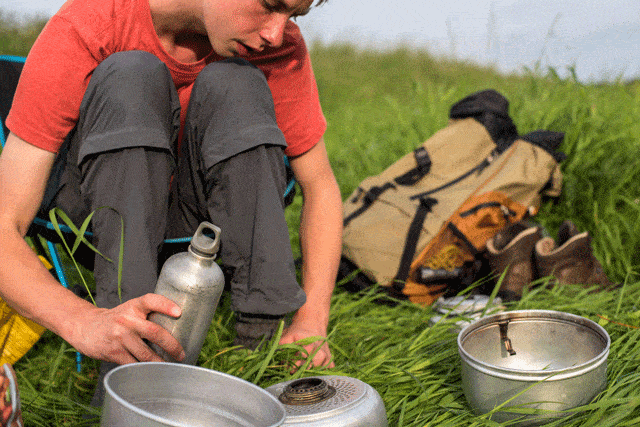
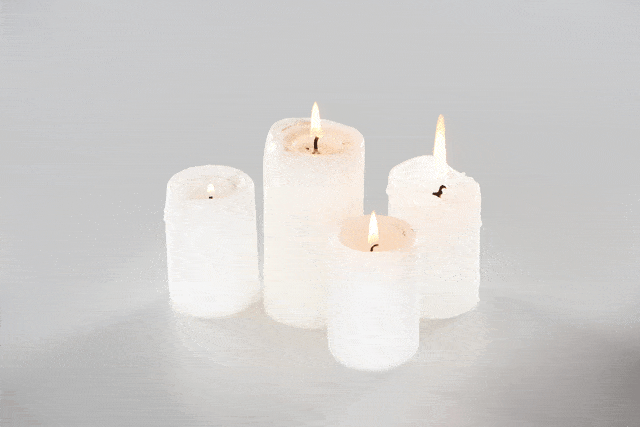
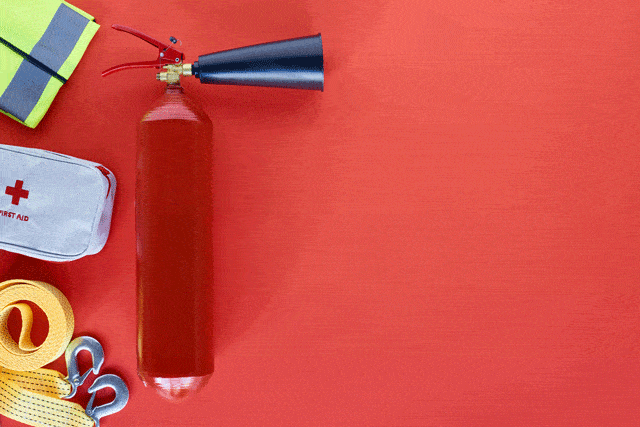
First Aid
Injuries can occur even in good times. When you are in a crisis and in a strange place, the odds are in favor of getting hurt. Having some first aid items in your bug out bag is very important. Here are some things to bring along:
- Current Medications – Make sure you have at least a 90 day supply of all meds you are on. It may take a bit for you to get your regular medications once you arrive in your new location.
In a very bad crisis, you may need time to wean yourself off the meds because they aren’t available. Also, make sure you have herbals onhand that can take the place of your regular meds.
- Tea tree oil. This will kill off just about anything in wounds. It will also get rid of foot fungus.
- Anti-fungal spray. Good for some skin infections that can happen in a damp or humid environment.
- Witch Hazel. Use this to get rid of skin pain, swelling, and irritation.
- White Vinegar. Use to treat stings, get rid of redness, and ease sunburn.
- Epsom Salts – can be used to remove splinters and also other needs.
- Assorted sizes of band-aids. Keep large and small ones to manage scrapes and cuts. Cloth tabs breathe better than plastic ones.
- Small suturing set to close wounds or cuts. If you get a deeper wound, this kit can help you avoid worse damage and also reduce the risk of a bad infection. Just make sure you know how to use the kit.
- Splint Kit – Rolled splint material doesn’t take up much room and can be used for every bone in the body. It will save time if you break a bone and can’t move around much to look for good items to stabilize the bone.
- Clotting Powder. Keep this on hand in case you get deep wounds that bleed a lot.
- Pressure Bandages. Also very important for stopping heavy bleeding.
- Herbal Remedy Kit. Make sure it has things you aren’t allergic to. You can make up your own kit to address pain, headaches, nausea, vomit, diarrhea, and other common ailments.
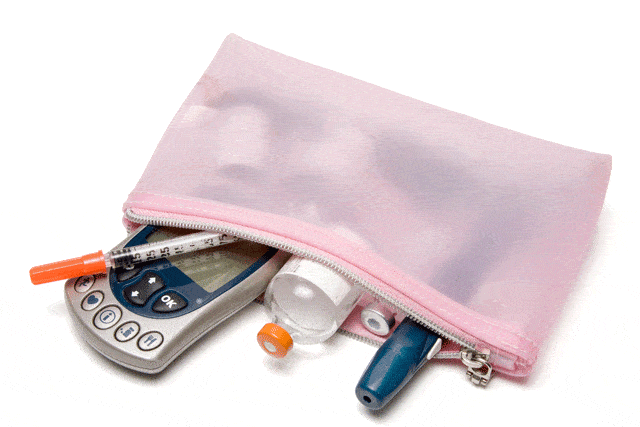
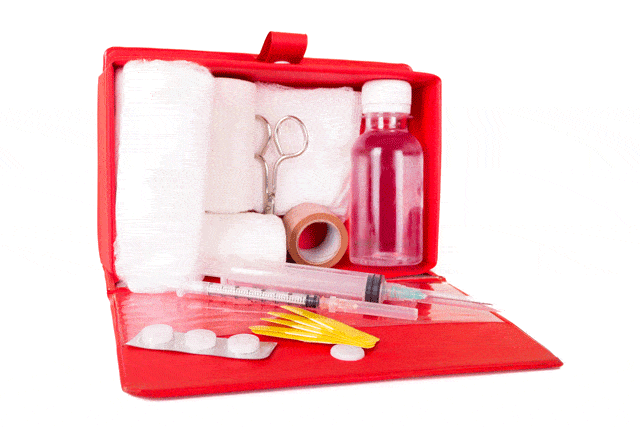

Don’t forget to bring along seeds in case you need to grow these herbs and others to replace your meds. If you are bugging out from a very bad crisis, there is always a chance that the place you are going won’t be much better.
- Chemical ice pack.Very important if you fall and wind up with a sprain or other injury that swells a lot.
- Thermometer – vital to finding out if you are running a temp.
- Tourniquet.Last-ditch for heavy bleeding.
- Tweezers. Use to remove ticks or other things that get stuck in the skin.
- Emergency First Aid Instruction book. Should tell you how to use everything in the kit. It should also help you figure out what may be wrong and how to fix it.
Self-Defense
It is very important to be able to protect yourself while on the move. Some weapons may or may not be legal in areas that you travel through. It is up to you to decide what to take along.
- Guns – if you choose to bring a gun, make sure you also have enough ammo and a cleaning kit. Don’t forget your concealed carry permit and any documents related to where and when you bought the gun.
No two people agree on the best gun model to bring along. Think about what you would hunt for food along the way as well as self-defense.
- Knives– tend to be a little bit easier to travel with these days than guns. They also serve many purposes in the woods and other areas.
Put at least 1 folding knife to go in your pocket. A machete is also an excellent second knife to carry.
- Tactical Pens – these pens blend in very well no matter where you go. They also have many different tools in them. Pay attention to customer reviews to find a good quality pen that will work right.
- Darts – once you learn how to throw them, you can hit anything with them. You can also use these for hunting small birds and game.
Get at least a 24-gram dart. It may take some trial and error to find the best barrel shape for your hands.
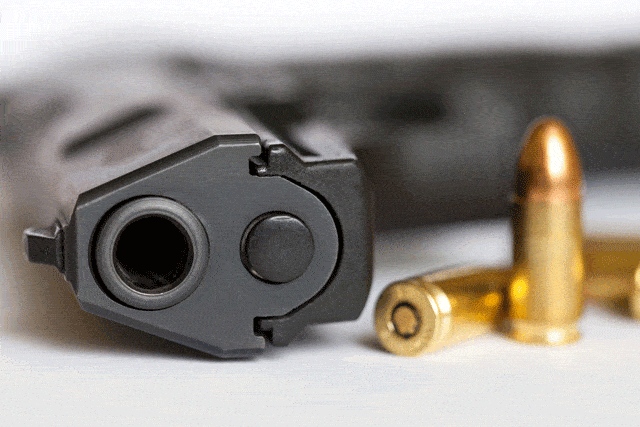
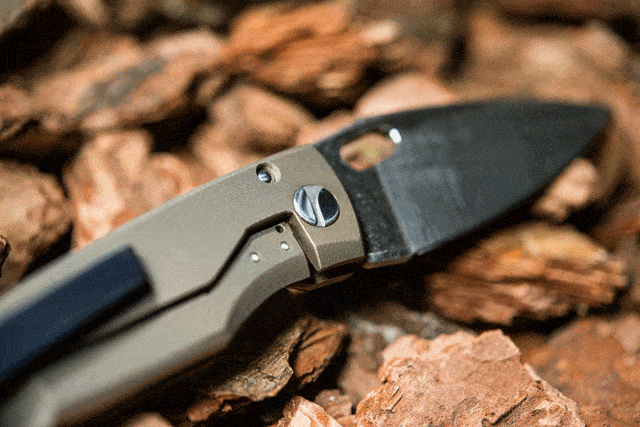
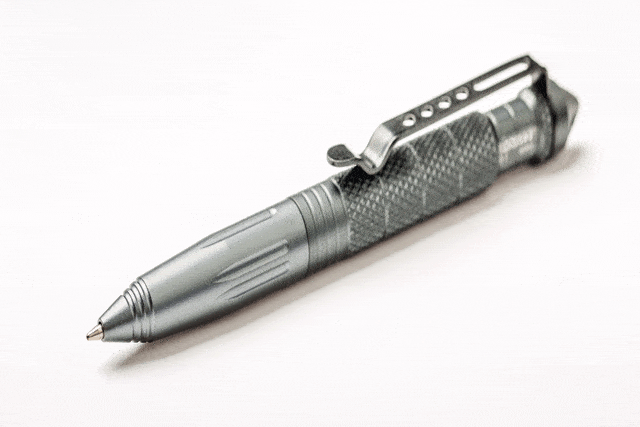
Navigation
Even if you are blessed with a good sense of direction, you will still need help getting where you want to go. The following tools should help most people.
Also, do some research on how to navigate by the sun and stars. There are also some good facts on how to use things like the direction of satellite dishes on buildings.
Keep all of these facts in your central notebook. Don’t forget to practice your navigation skills often.
- Compass. A multi-function compass with a mirror can also work as a signal and fire-starting device. It should also have a magnifier.
Never buy a cheap compass from a company that doesn’t have a good reputation. A good quality compass must be reliable and accurate. Take your time to make this purchase.
- Mini or Compact Atlas. You never know if you will have to veer from your planned route. An atlas can help you make your way through just about any area. Keep a flexible sheet magnifier tucked into the atlas so it is there when you need it.
- Maps. Try to get maps that show topography as well as road features. You may need several maps to cover your travel area. Practice using them with your compass.
- Navigation App. As long as your phone works and you have power, these apps can be of help.
Don’t forget to keep some map sites bookmarked in your phone’s browser. If you get lost easily, try the satellite views. They will give you landmarks to watch for as you go along.
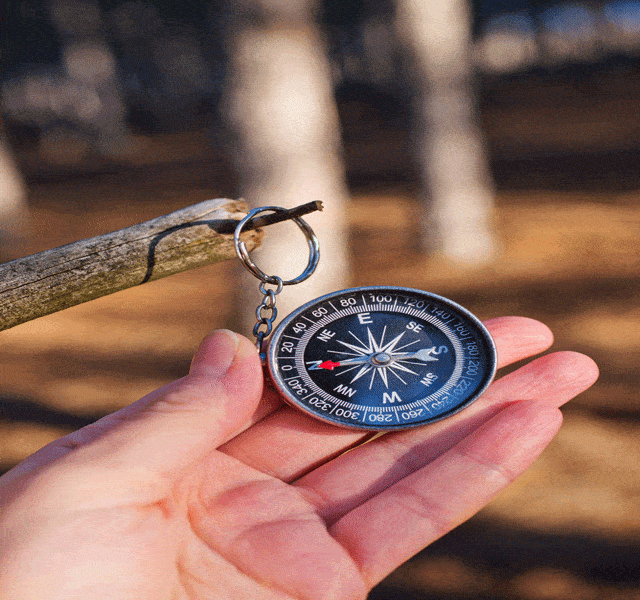
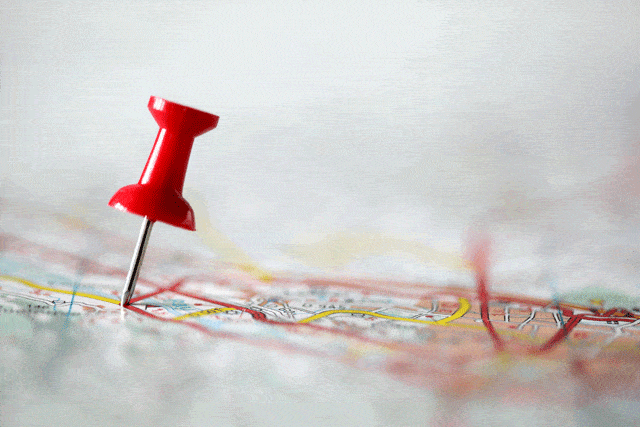
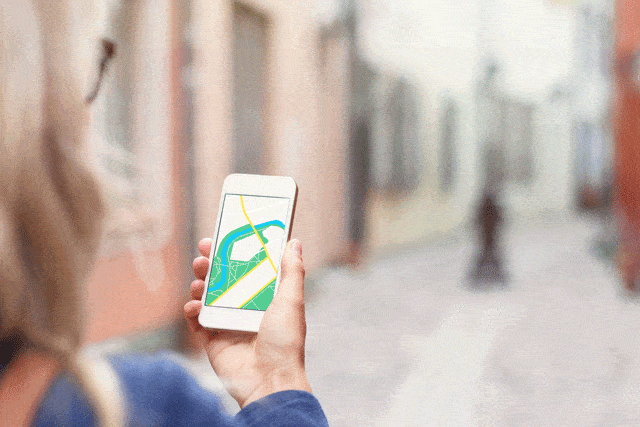
Communications
It is vital to know what is going on around you. In a crisis, you may also need to reach out to others. The following items will help with both long and short-range contact.
- Radio – try to get a small crank power radio. This should also have weather and emergency bands on it. For a backup, you can also include a battery-powered radio.
- You may also want to build a foxhole radio. This won’t pick up a lot, but it is one of the few cheap radios that will work during an EMP.
- Whistles – these are good if you are trapped or need to draw attention to yourself.
- Signal mirrors – very useful if you get lost in the woods, and for other purposes.
- Cell Phone – Good for close and distant communication. While your phone may be reliable enough for normal use, a crisis is another story. If there is a model phone that you like, buy a second one for your bug out bag. Use it from time to time and keep it charged up.
- Hotspot – In many cases, you may find a phone with features that would cost a fortune unless you buy an expensive cell service contract.
To get around this cost, buy an unlocked phone. Hotspot plans can be a lot cheaper and give you better coverage. All you have to do is connect the phone via WIFI. You can also get free cell service from Freedom Pop in case you want a SIM-based backup.
- Solar Power Charger – vital if you expect to use your phone or other devices while on the road.
Don’t forget to keep all your electronic devices in an EMP bag. Even if something happens to all other devices in your home, the ones in your bug out bag should still work.
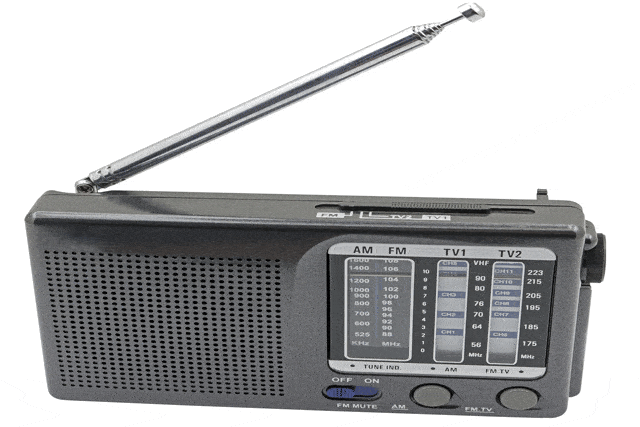
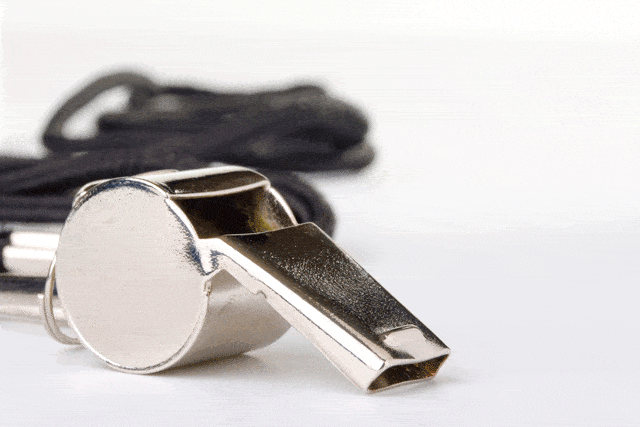

Miscellaneous
As with guns and tools, no two people agree on what to pack for miscellaneous items. To modify this list, consider the areas you will be traveling through. Also, keep up on new tools and materials that be of use.
- Small Fishing Kit – if you have clean water, then fishing for a meal may be a good option.
- Blaze Colors – important if you have to walk along highways or other areas where you need to be visible for safety.
- Light Reflectors – important for traveling at night in places where drivers may not see you.
- Rubber Bands – a good catch-all supply that you can use for many things.
- Duct Tape – one of the most important things you can keep in your bag. It can take the place of surgical tape. You can also use it to secure splints, patch tarp, and seal containers.
- Pet Care Needs – if you are bringing a pet along, make sure you have food, water, meds, restraints, ID, and vaccination history.
- ID, Money Cards, and Other Documents – very important in case you get stopped along the way or have to buy things. You will also need them to start living a more normal life once you reach a safe place.
- Central Journal. This should be where you put all details on how to use the items in your kit. Keep the journal itself in a waterproof bag. Make laminated quick cards as a backup.
- Pen and Pencil. Use for writing and other things. A pencil will usually work where a pen fails.
- Ruler and Geometry Kit. You never know when you need to measure on a map or other area.
- Tape Measure. Good for measuring in the woods or other areas. Small tape measures will fit right on your key chain.
- Scissors – Even though you can use a knife for a lot of things, there are times when you need a scissor.
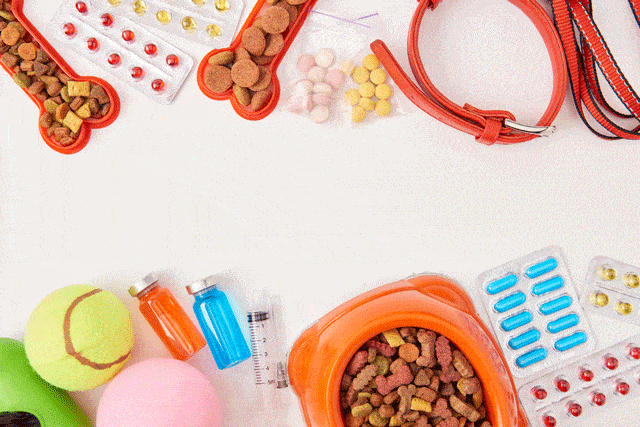
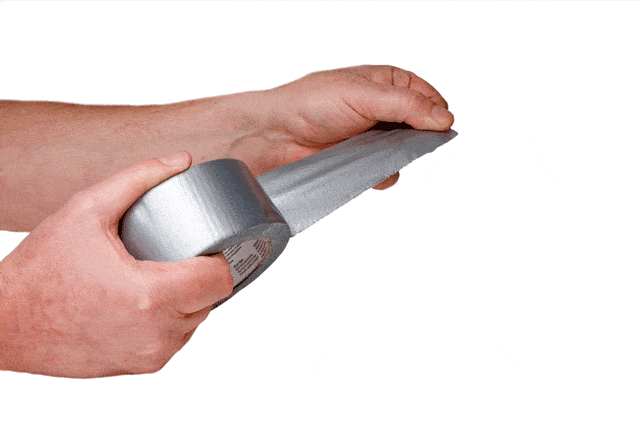
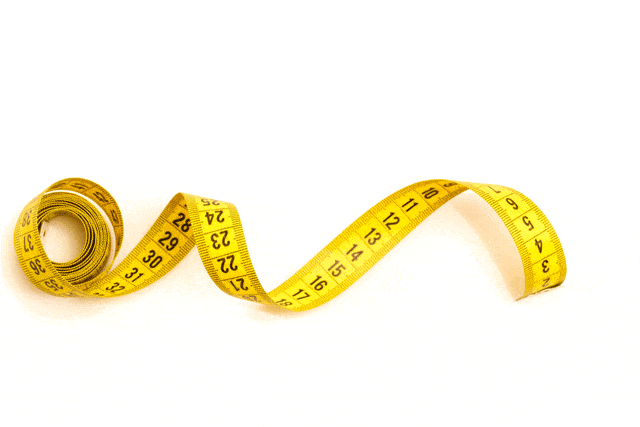
Here again, don’t rely on cheap or plastic handle scissors. Invest in a pair that can cut easily through heavy cardboard, fabric, and other tough items.
- Masks – get activated carbon masks in case you run into toxic air or fumes. Try to get a rubber mask with good seals and plenty of replacement pads.
- Bandanna – you can use these to keep dust out of your nose and mouth. They can also help clean water.
- Mess Kit – even if you eat food cold or from a pouch, these will help a lot.
- Camping Pot – use to boil water or cook food.
- Activated carbon – get food safe grade. You may need it if you eat something poisonous by mistake.
- Edible Plant Guide – keep one for each area you may travel through.
- Poison control guide – should list what to do for toxic plants or other things you might ingest.
- Goggles – shield your eyes from dust and other debris.
- mosquito netting – keep dangerous bugs from biting you.
- cotton or nylon food grade bags – use to strain solids from liquids. If you need to make a poultice or other things these bags will help you control the water content.
- clothes washing bag – get one with a flexible washboard in it. Even if you don’t use it, they don’t take up much space and can help with unexpected clothes changes.
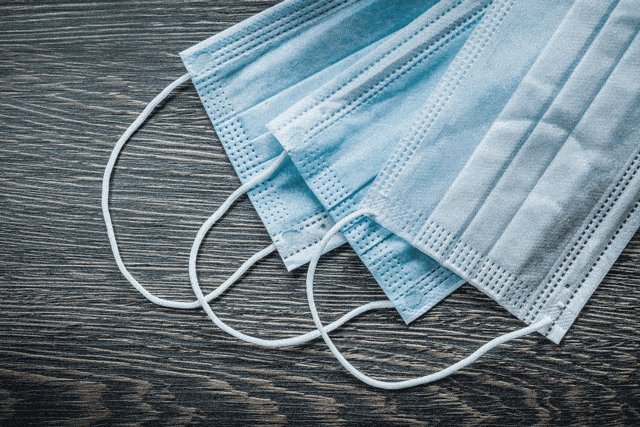

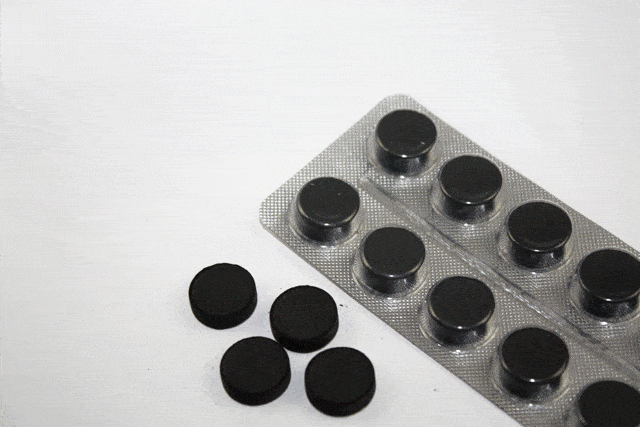
Setting up a bug out bag takes some thoughtful planning. Take your time with this process, and buy good quality items. The important thing is to get started and do a little as you go along.
Once you have the bag assembled, always look for info and gear. You never know when someone will invent a multi-tool or supply that will make your life on the road easier.
As a case in point, five years ago most people would not pack clotting powder. Today, it is something no person should bug out without.
Conclusion
You can find our favorite bug out bag here. It has most of everything you will need.
Don’t forget to practice using the items in your bag. Making sure that all items work and are in good shape is a life long task. On the flip side, if you have to leave your home, you will have a lot more confidence in your skills and what you are carrying.

